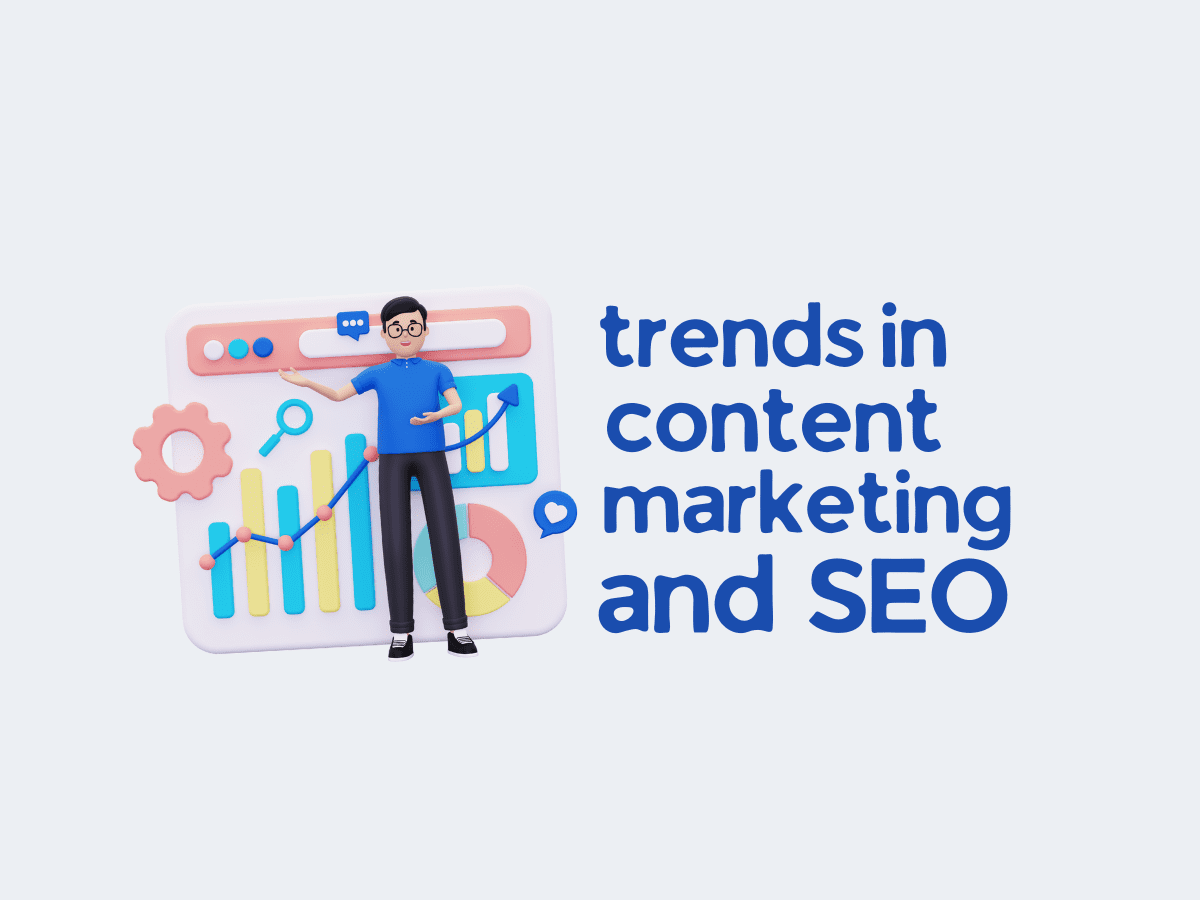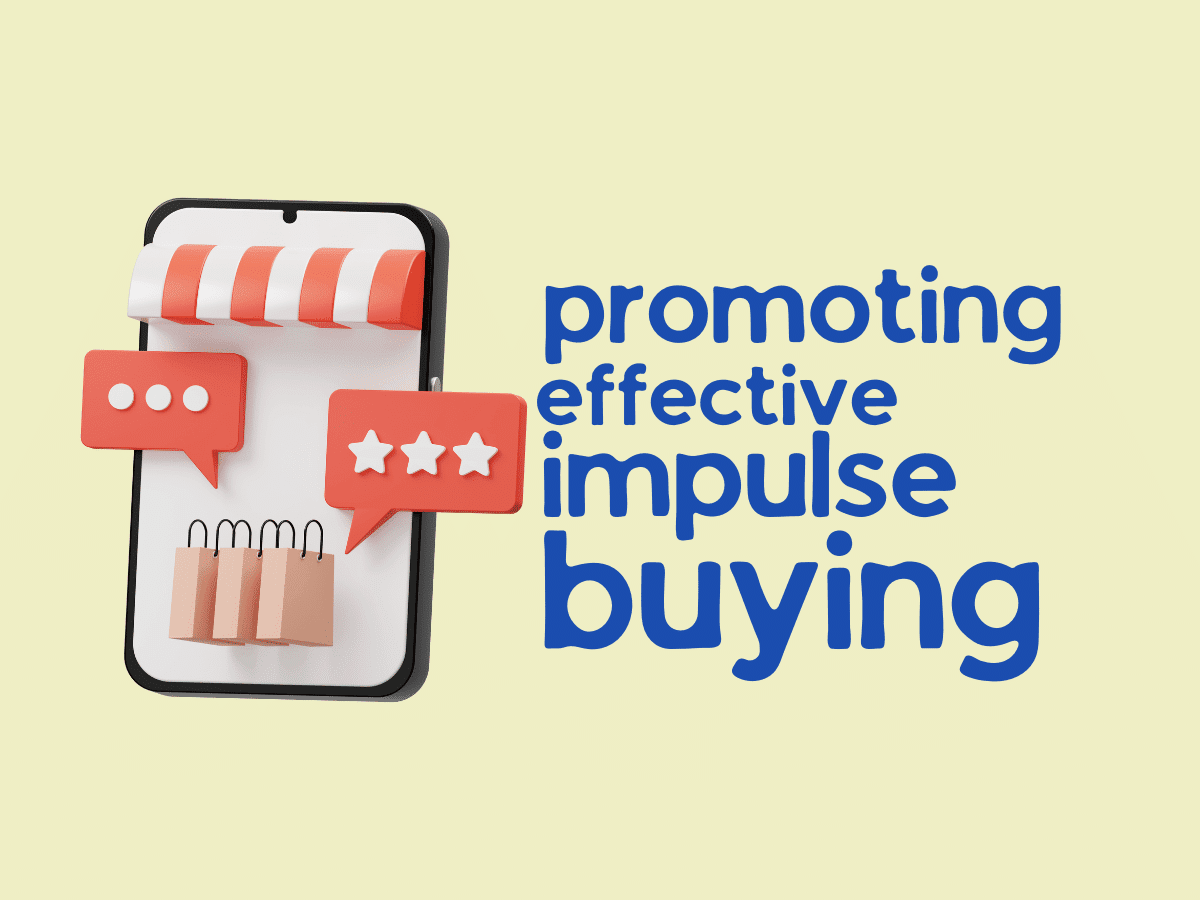Whether you’re starting with your small-scale business or you’re already a full-fledged organization still waiting to live on the internet, the first step in your learning process is Search Engine Optimization. Once a user searches for a particular service, the first result that appears on the page has the highest probability to be clicked on, but getting here isn’t that easy. Hundreds if not thousands of pages are struggling to get here and you’re one of them, let’s see how you can beat this competition.
There’s a similar story going for social media, except the strategies are a little bit different. Yes, we have talked about SEO before and we’ve talked about social media marketing before, but in this article let’s discuss how both of these are interrelated and how you can get started without losing the balance between the two. Let’s get started with Social Media and SEO 101
Search Engine’s relation with Social Media
While you might already know that social media companies track humongous amounts of user data and use it for their machine-learning algorithms to provide better recommendations, you might not know that this data is sold. This might sound scary but it happens at safe levels, mostly. Well, the point here is that data finds one way or the other to seep into other systems, and somehow the web becomes unintentionally interconnected.
Search engines like Google sieve through loads and loads of data to optimize the search results for the user. This is important for us to understand because now we understand how our google search engines are affected by our social media presence and activity.
Understanding Social Signals
Social Signals are nothing but collectively the likes, shares, and comments on social media posts of a particular page as perceived by search engines like Google. These are known for their effect on organic search results by search engines. According to Bigcommerce.com, “These activities are seen as another form of citation, similar to backlinks”. Just like the above example, backlinking is the process of getting your page featured on another site as a reference to some relevant information. This itself explains a lot about the importance of social media presence and reach.
Google also collaborated with Twitter to increase the database furthermore and added the feature of featuring relevant tweets in search results. The number of tweets, retweets, and shares directly affects your ranking while mentions on sites like Reddit can add to it. Social signals were suddenly discontinued in 2014 but still don’t fail to show significant effects.
Interconnected
Social media posts have a higher tendency to be found as the reach is far more than your blog. Posting your blog’s link on social media would create hundreds if not thousands of impressions and if it comes across a digital creator’s article, they might use it to backlink to your page for relevant information, thus positively influencing your SEO.
Backlinks
Now that we understand that Backlinks are the backbone of the relationship between social media and SEO, we must know how to gain valuable backlinks. If we seek value, we must provide value as well, so start with producing and posting valuable content. One will only backlink to your post if they find value in your piece of content, that is when they are convinced that their reader would be satisfied with your information.
Build your social media presence and feed them with relevant content regularly. Promote your posts and start an email newsletter to keep your followers engaged.
The Integration
At this point, you can pretty much tell that it’s all about the perfect balance between your SEO, Social media presence, and content marketing. Pour in all the value you have to give to your users and readers, keep a steady flow of content flowing, write blog posts, conduct podcasts, and produce videos and infographics. The more engaging your content is, the more attention your page gets. Here are 5 tips to start integrating your social media and SEO.
1. Quality content
And this might be the millionth time we’re saying this, content is the king and the first step towards successful marketing is well-tailored, shareable content that is valuable, informative, and interesting to your audience and fulfills the user intent.
2. Build a profile
A very overlooked step in this hustle is building yourself a robust profile, a profile that introduces you as you and the page’s owner. A trustable source of information is accompanied by a good explanatory profile of the owner
3. Backlinks
One way to generate quality backlinks other than creating quality content is by reaching out to other bloggers and websites in your industry and asking them to link to your content. It’s important to make sure that the websites and blogs you approach are reputable, as backlinks from low-quality or spammy websites can actually harm your search engine rankings.
4. Influencers
Digital marketing with influencers can be an effective way to reach a wider audience and promote your product or service. Here’s how to get started
- Identify influencers in your industry or niche who have a large and engaged following on social media or other online platforms.
- Reach out to the influencers and propose a collaboration, such as a sponsored post or product review. Be clear about your goals and what you are offering in exchange for their promotion.
- Once you have agreed to the terms of the collaboration, provide the influencer with any necessary information, such as your product or a unique discount code for their followers.
Monitor the influencer’s post and track the performance of the collaboration. This can help you evaluate its effectiveness and learn what works and what doesn’t for future campaigns.
5. Social Listening
Social listening is a technique used in digital marketing to track and analyze online conversations about a brand or industry. By monitoring social media and other online platforms, businesses can gain valuable insights into what their customers and competitors are saying, and use this information to tweak their marketing strategies.
To use social listening in a competitive space, follow these steps:
- Identify the relevant social media platforms and online communities where your customers and competitors are active. This could include popular social networks like Facebook, Twitter, and Instagram, as well as forums, blogs, and other online platforms.
- Set up alerts and monitoring tools to track mentions of your brand, competitors, and relevant keywords and phrases. This can help you to stay up-to-date on the latest conversations and trends in your industry.
- Analyze the data and insights you collect from social listening to understand what customers and competitors are saying about your brand and identify any gaps or opportunities in the market. For example, you may find that customers are complaining about a particular aspect of your product or service, or that a competitor is gaining popularity for a feature that you don’t offer.
Use the insights from social listening to inform your digital marketing strategies and make data-driven decisions. You can then use the information you collect to improve your customer service, develop new products or features, or create more targeted and effective marketing campaigns.
Conclusion
Promote your content on social media, using hashtags and other tactics to increase its visibility and reach. Encourage users to share and engage with your content, as this will help to increase its visibility and improve your search engine ranking.
Monitor and track the performance of your social media and SEO efforts, using tools like Google Analytics and social media analytics to understand what is working and what is not. Overall, combining social media with SEO can help to increase your online visibility, improve your search engine ranking, and drive more traffic and engagement to your website. By creating high-quality content, optimizing your social media profiles and posts for SEO, and promoting your content effectively, you can increase your reach and visibility online and reach a wider audience.
Thanks for reading this far! We hope you found this post informative and helpful. If you have any questions or comments, please don’t hesitate to leave them in the comments section below. And don’t forget to follow us on social media for more great content and updates. Thanks again, and we’ll see you at the next one!

























